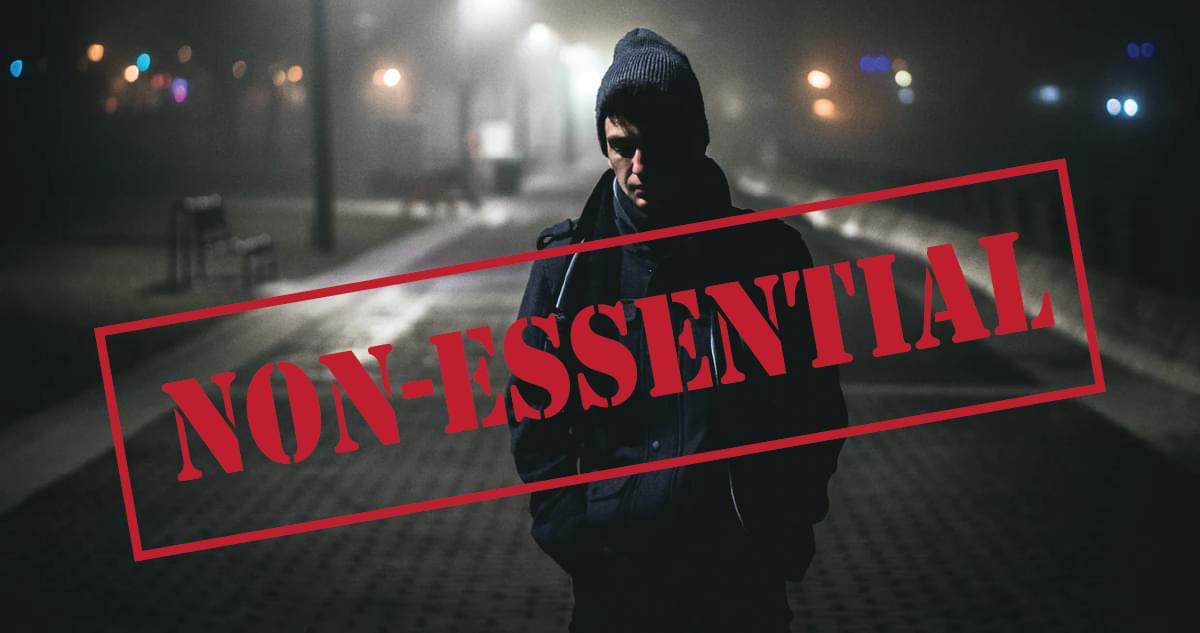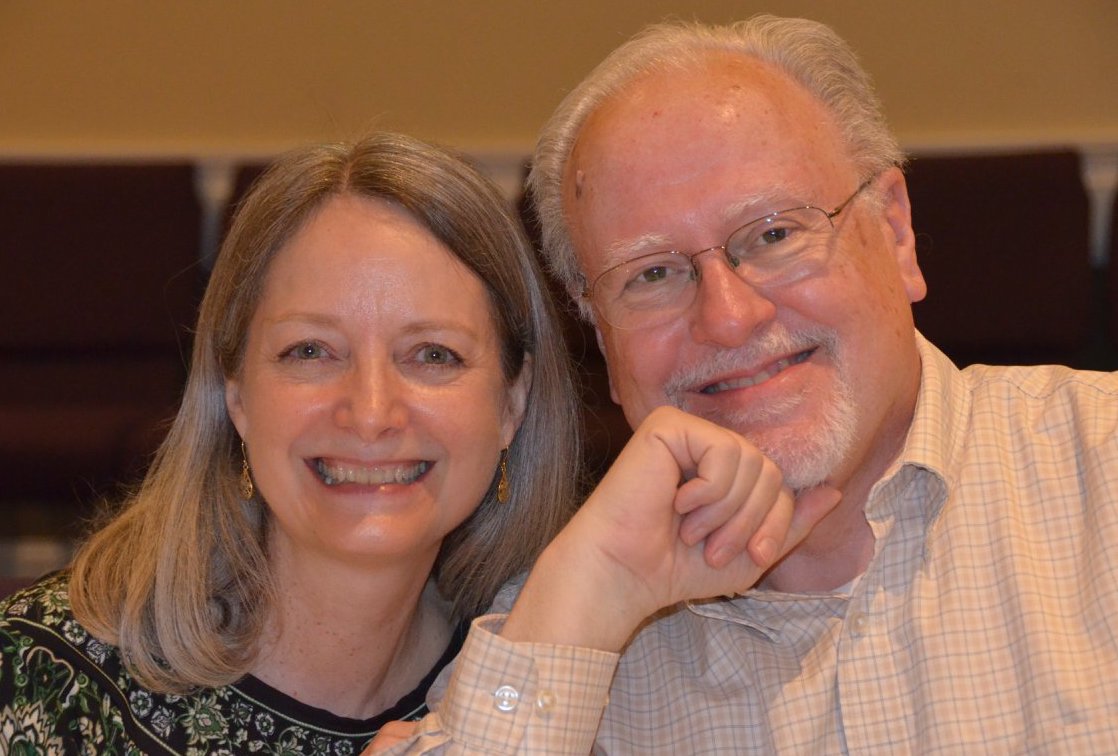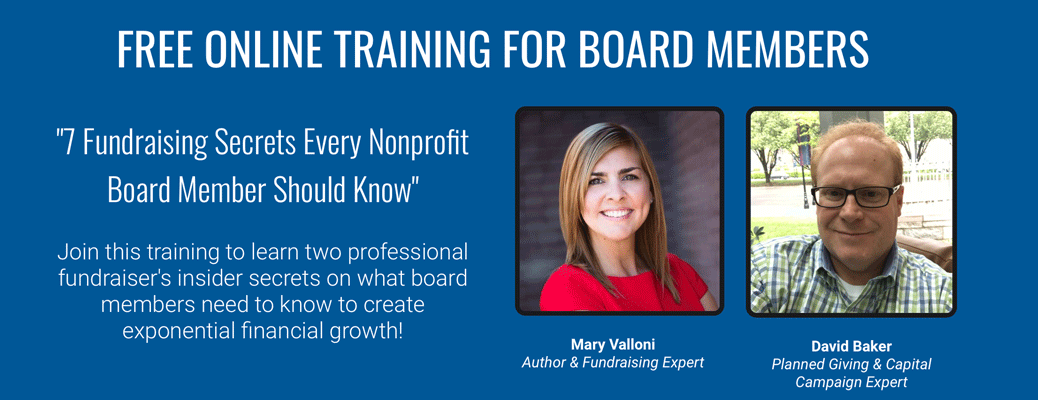Non-Essential is Relative! This necessary perspective provided by one of our own–Dave Stephens.
 Radio’s not really essential during a pandemic. Everyone’s giving to first responders, food banks and other places that are vital during a crisis. How do you expect to fill in the growing funding gap?
Radio’s not really essential during a pandemic. Everyone’s giving to first responders, food banks and other places that are vital during a crisis. How do you expect to fill in the growing funding gap?
My full-time job is raising support for the River Radio Ministries. I also have a part-time consulting business with Giving Design helping nonprofit organizations across the country with their fundraising technology—a good number of them radio stations. So, you can imagine how encouraging it was to have someone tell me these ‘obvious’ things. *Note my obvious sarcasm.* However, his statements gave me pause and caused me to consider—“Is what I do essential, and who decides?”
1. Radio (insert your nonprofit here) is not really essential during this crisis.
I disagree. Has someone told you your organization is currently non-essential? If your organization met needs prior to this crisis, did people stop having the need that your organization addresses now that we’re stuck at home?
You may not be able to do things “normally” right now, but that doesn’t have to mean you can’t address the need. I’m seeing more virtual concerts, festivals, conferences, counseling, prayer ministries, drive-in church services, and streaming services. People are stepping up to meet needs. You can too.
Right now, there’s someone fighting anxiety on their essential job, and a song on the radio will bring them hope. At this moment, there is someone at home, alone, who hasn’t had real human contact in a month, and their favorite DJ is making them laugh and letting them know that there is someone who understands.
Perhaps your org is less essential to some people today than it was a couple months ago, but I would bet that your organization is also far more essential to some than ever before. We must continue to love and serve. To do that we have to continue raising money.
2. Everyone is giving to food banks and other places that are vital during a crisis.
Great! I’m glad that people are supporting the places that are seeing increased demand right now. More and more people are out of work and struggling. BUT do those increasing needs lessen the significance of your organization’s work?
For many people just because they‘re giving to your local food bank doesn’t mean they can’t give to you. This is the moment for you and I to encourage people to lean into remarkable generosity. Many can, and many will. We can even invite new givers to join us in our work that is essential. Don’t quit asking because there are other needs. You have supporters who are passionate about you and they’re waiting for you to ask.
Let’s celebrate and encourage the gifts to foodbanks, first-responders, and those that are stepping in right now and saving lives. River Radio Ministries is stepping up and supporting them too. Their need doesn’t make what you do less important.
3. How do you expect to fill in the growing funding gap?
I don’t know—but I will tell you the ways that we are trying. We’ll:
- Continue to serve our listeners and donors the best possible way we can.
- Continue to remind people how their support is changing lives with impact stories like this:
“The River has been an integral part of my life for the last 5 plus years. This season of my life was a difficult one with the passing of close friends that were guiding lights in my life, and the loss of a long-term relationship. I was lost and broken, but The River was, and still is, my constant source of hope and promise. I proudly say, I am the River.”
- Continue to invest in genuine relationships with our donors as people first.
- Continue to invite people to get involved. Just “Click Here” to give hope right now.
- Continue to love and thank our supporters for changing the world.
My encouragement to you.
If your organization was worthy of existence before COVID-19, then it’s worthy of support during it. Remember that you are essential to many. What you do matters, and if for some reason you can’t do it right now, this will end, and your donors and you will be back bettering lives in no time.







 d over the weekend indicate that Christmas Cyber Shopping began in earnest on Thanksgiving day.
d over the weekend indicate that Christmas Cyber Shopping began in earnest on Thanksgiving day.  We asked participants how many of their board members had introduced at least 1 prospective donor to their organization yet this year. The answer wasn’t surprising. Very few board members have been engaged in the development process. The good news is that there is still time. We have just under 3 months left to make a difference. (Hat’s off to the 32% who were pulling their weight!)
We asked participants how many of their board members had introduced at least 1 prospective donor to their organization yet this year. The answer wasn’t surprising. Very few board members have been engaged in the development process. The good news is that there is still time. We have just under 3 months left to make a difference. (Hat’s off to the 32% who were pulling their weight!)